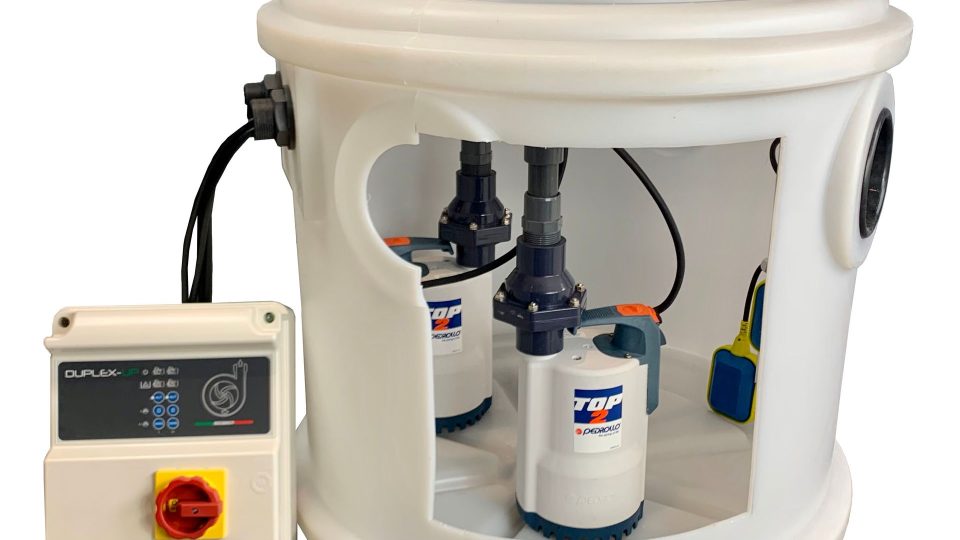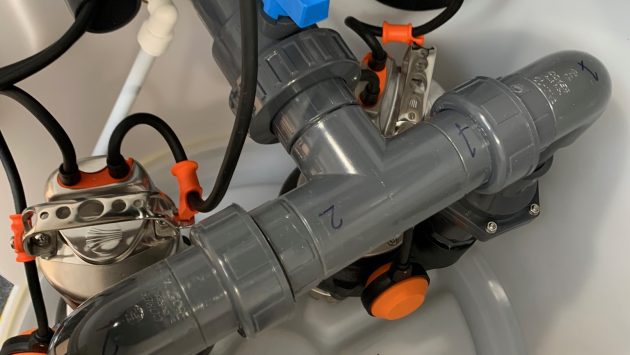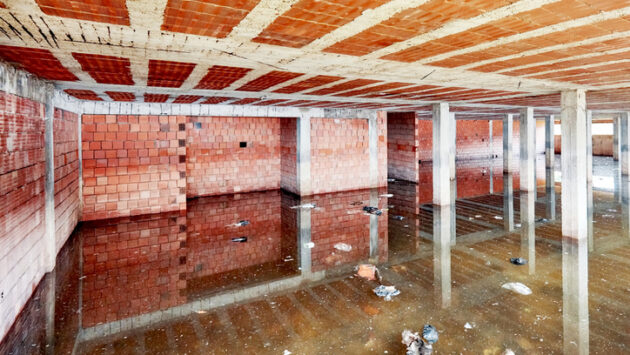Ejector Pump vs Sump Pump: What’s The Difference?
When it comes to keeping your basement dry and functional, understanding the differences between an ejector pump and a sump pump is crucial. Both play essential roles in managing water, but they serve distinct purposes.
In this blog, we’ll explore the functions, features, and benefits of each pump type.
What is a sump pump?
A sump pump is primarily used to remove water that accumulates in a basement or crawlspace. It’s installed in a sump pit, which is a specially constructed basin designed to collect water.
Here’s a brief overview of how it works:
- Water collection: Water enters the sump pit through drains or by natural migration through the soil.
- Activation: Once the water level reaches a certain height, the sump pump activates automatically.
- Water removal: The pump expels the water from the pit and directs it away from your home’s foundation through a discharge pipe, typically to a designated drainage area.
For more information on what a sump pump is and how it works, read our blog: What is a basement or cellar sump pump and how does it work?
What is an ejector pump?
An ejector pump, on the other hand, is designed to manage wastewater from plumbing fixtures such as sinks, toilets, and washing machines, particularly in basements. It is also installed in a pit, bit this pit handles both liquids and sold waste. Here’s a breakdown of its operation:
- Waste collection: Wastewater and solid waste flow into the ejector pit from basement plumbing fixtures.
- Activation: When the waste reaches a set level, the ejector pump activates.
- Waste removal: The pump grinds the waste and pumps it out to the main sewer line.
Key differences between ejector pumps and sump pumps
Function
The primary difference lies in their function. Sump pumps are designed to move water from basements, while ejector pumps handle both waste water and solid waste from plumbing fixtures.
Construction
Ejector pumps are built to handle solid waste and often include a grinding mechanism to break down solids, whereas sump pumps are not equipped to handle solid waste.
Installation location
Both types of pumps are typically installed in basements, but their pits serve different drainage needs. Sump pits are for groundwater and seepage, while ejector pits are for waste from basement plumbing.
Maintenance
Ejector pumps require more maintenance due to their handling of solid waste, which can cause clogs and wear. Sump pumps deal only with water so they generally have fewer maintenance issues.
When do you need an ejector pump?
- Basement bathrooms: if you have a bathroom in your basement, you’ll need an ejector pump to move waste up to the level of the main sewer line.
- Laundry rooms: basements with laundry facilities often need an ejector pump to handle wastewater from washing machines.
- Kitchenettes: basement kitchenettes also require an ejector pump to manage sink and dishwasher waste.
When do you need a sump pump?
- Flood-prone basements: if your basement is prone to flooding due to groundwater or heavy rains, a sump pump is essential to prevent water damage.
- Damp basements: even if your basement doesn’t flood, a sump pup can help manage dampness by removing accumulated water.
- Basement conversions: when converting a basement into a liveable space, a sump pump ensures it remains dry and comfortable.
How do you choose the right pump for your needs?
To decide which pump best suits your needs, determine whether you need to manage groundwater, wastewater, or both. This will help you understand whether you need just one pump or both types.
If you’re not sure, it’s always best to consult a professional to evaluate your specific needs and recommend the best solutions.
Finally…
Understanding the differences between ejector pumps and sump pumps will help you to maintain a dry and functional basement. Each pump service a unique purpose, and choosing the right one depends on your specific needs.
At Sumps & Pumps, we’re here to help you make informed decisions and provide reliable solutions for all your basement waterproofing needs.
For more information or advice, please contact our expert team.



